A meditation stool can be a game-changer for your meditation practice, providing the comfort and support needed to maintain proper posture and focus. Whether you are a seasoned meditator or just starting your journey, the right meditation stool can enhance your experience and help you achieve deeper levels of relaxation and mindfulness. In this comprehensive guide, we will explore everything you need to know about meditation stools—from their benefits and types to tips on choosing the perfect one for your needs. By the end of this article, you’ll be equipped with the knowledge to make an informed decision and elevate your meditation practice to new heights.
Table of Contents
What is a Meditation Stool?
Meditation stools are specially designed pieces of furniture that provide support and comfort during meditation. Unlike regular chairs, these stools are constructed to help maintain proper posture and alignment, making it easier to sit comfortably for extended periods.
| Definition and Brief History of the Meditation Stool A meditation stool is a small, low seat typically made from wood, bamboo, or other sturdy materials. It is designed to allow the meditator to sit in a kneeling position, with their legs tucked underneath the stool, supporting the buttocks and relieving pressure from the knees and lower back. The concept of the meditation stool dates back centuries, with origins in various cultures that practiced prolonged periods of seated meditation. In traditional Zen practice, for example, seiza benches (a type of meditation stool) have been used for their ability to promote proper posture and support during zazen (sitting meditation). |
Different Types of Meditation Stools
Meditation stools come in various styles to accommodate different needs and preferences. Some of the most common types include:
Seiza Bench:
- Designed for a kneeling position with an angled seat for better posture.
- Often used in traditional Zen meditation.

Folding Stool:
- Portable and easy to store.
- Ideal for meditators who travel or have limited space.
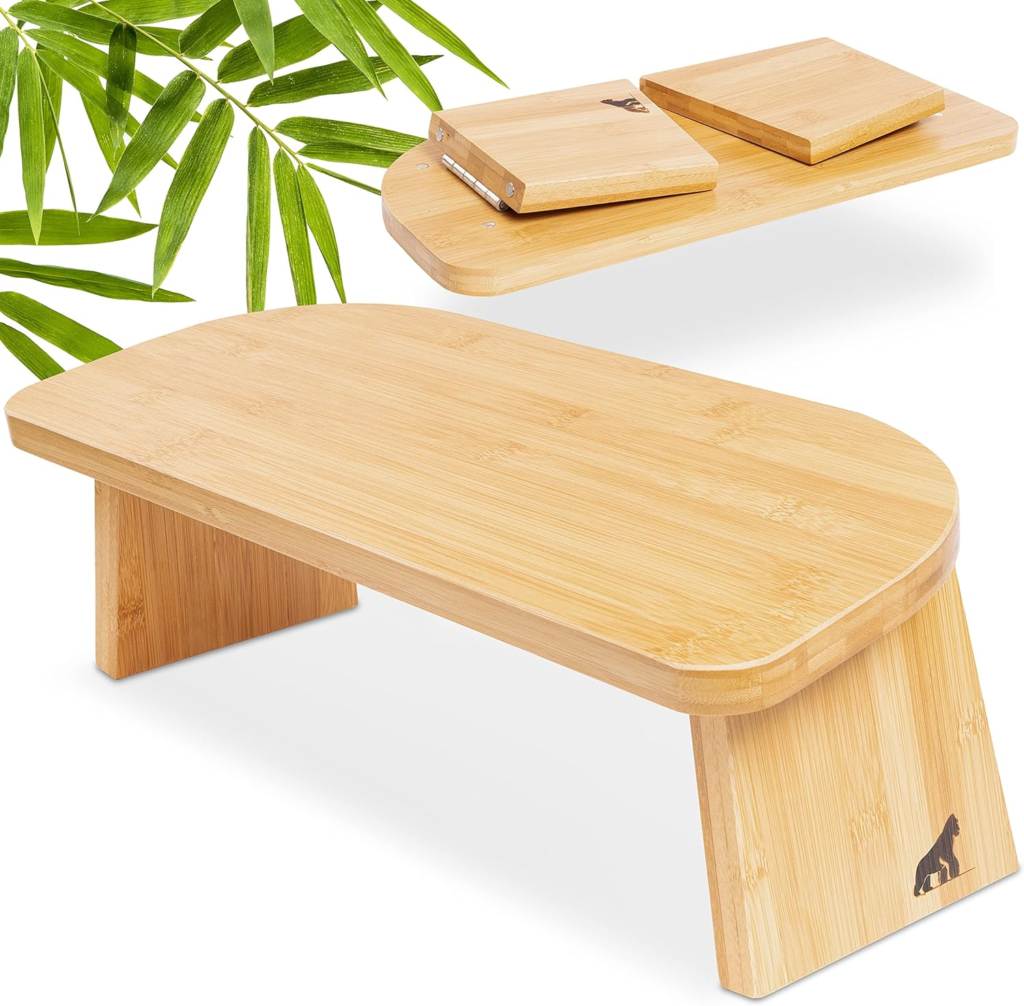
Adjustable Stool:
- Features adjustable height or angle settings.
- Suitable for meditators of different body types and preferences.

Ergonomic Stool:
- Designed with contours to support natural body alignment.
- Often includes cushioning for added comfort.
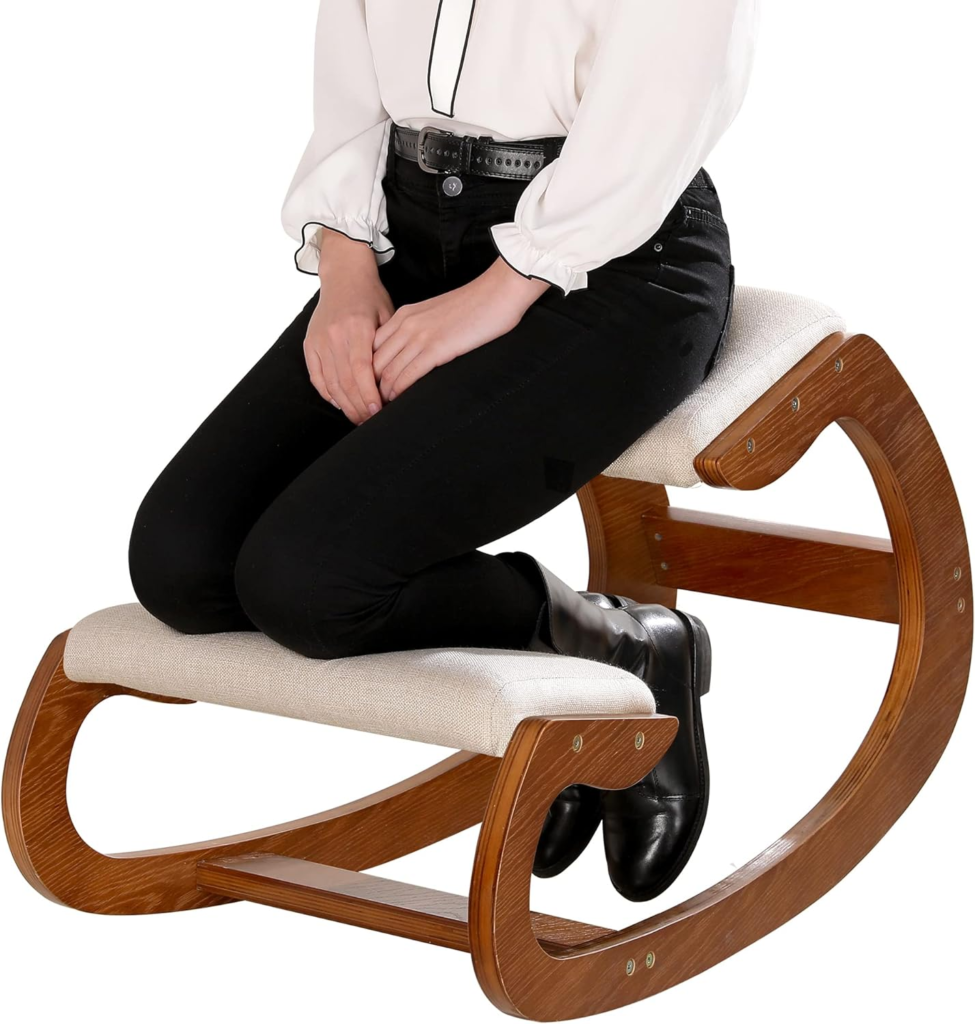
Importance of Using a Meditation Stool for Meditation Practice
Using a meditation stool can significantly enhance the quality of your meditation practice. Here are some reasons why incorporating a meditation stool is beneficial:
- Improved Posture: Meditation stools encourage proper alignment of the spine, reducing the risk of back pain and promoting a healthier sitting posture.
- Enhanced Comfort: By relieving pressure on the knees and lower back, meditation stools allow for longer, more comfortable meditation sessions.
- Increased Focus: When your body is comfortable and well-supported, it becomes easier to maintain focus and concentration during meditation.
- Reduced Strain: For those who find sitting cross-legged challenging, a meditation stool provides an alternative that reduces strain on the hips and knees.
- Versatility: Many meditation stools are designed for portability, making it easy to maintain your practice whether at home or on the go.
By understanding what a meditation stool is, the different types available, and the importance of using one, you can make an informed decision on incorporating this tool into your meditation practice for a more comfortable and effective experience.
Benefits of Using a Meditation Stool
Incorporating a meditation stool into your practice can bring numerous benefits, enhancing your overall meditation experience. Here are some of the key advantages:
Improved Posture and Alignment
One of the most significant benefits of using a meditation stool is the improvement in posture and alignment. Unlike sitting directly on the floor or using a regular chair, a meditation stool is designed to support the natural curve of your spine. This helps maintain a straight back, which is crucial for effective and comfortable meditation.
Enhanced Comfort During Long Meditation Sessions
Meditation sessions can sometimes last for extended periods, and maintaining comfort is essential to avoid distractions. A meditation stool provides a comfortable seating position that reduces pressure on your legs and back. The ergonomic design ensures that you can sit comfortably for longer periods without discomfort.
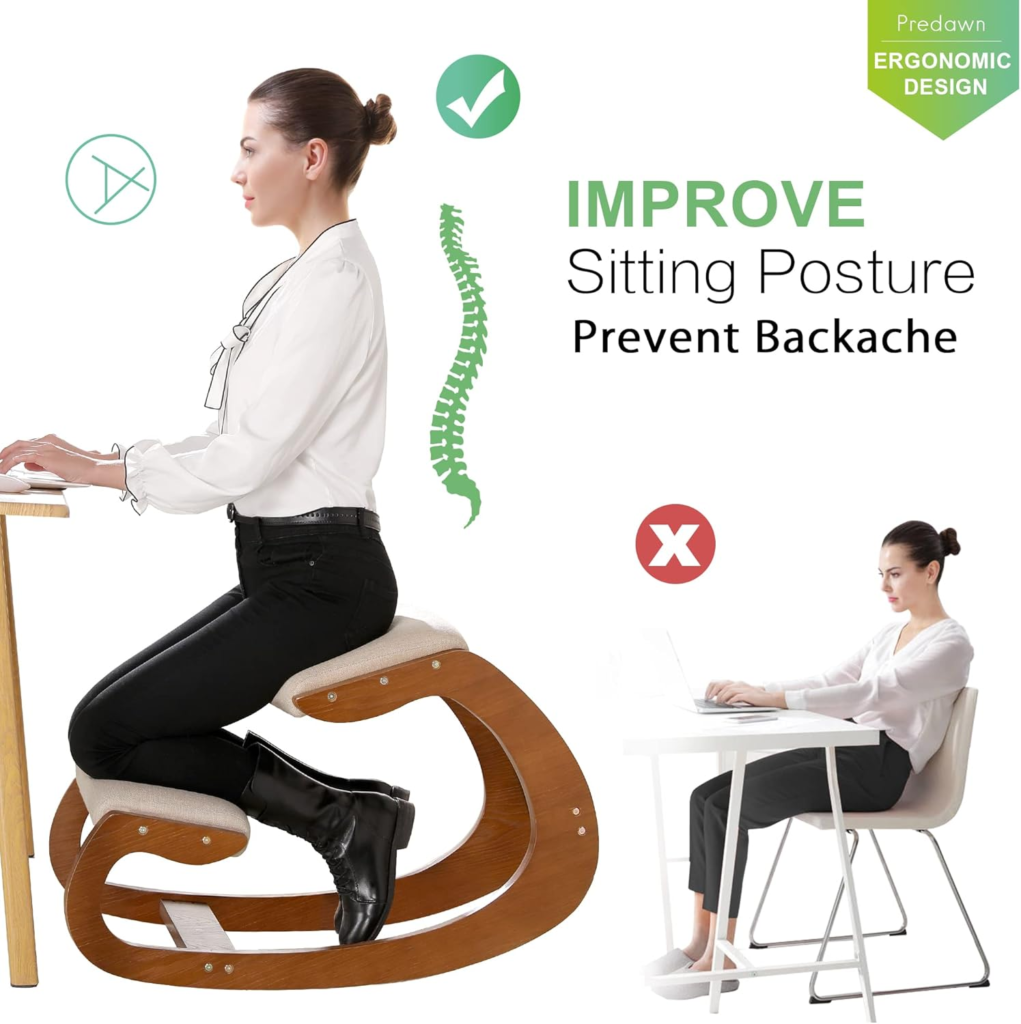
Reduced Strain on Knees, Hips, and Lower Back
For many meditators, sitting cross-legged or in other traditional meditation postures can put undue strain on the knees, hips, and lower back. A meditation stool alleviates this strain by offering support and distributing weight more evenly. This makes it an excellent option for individuals with joint issues or those who find traditional postures challenging.
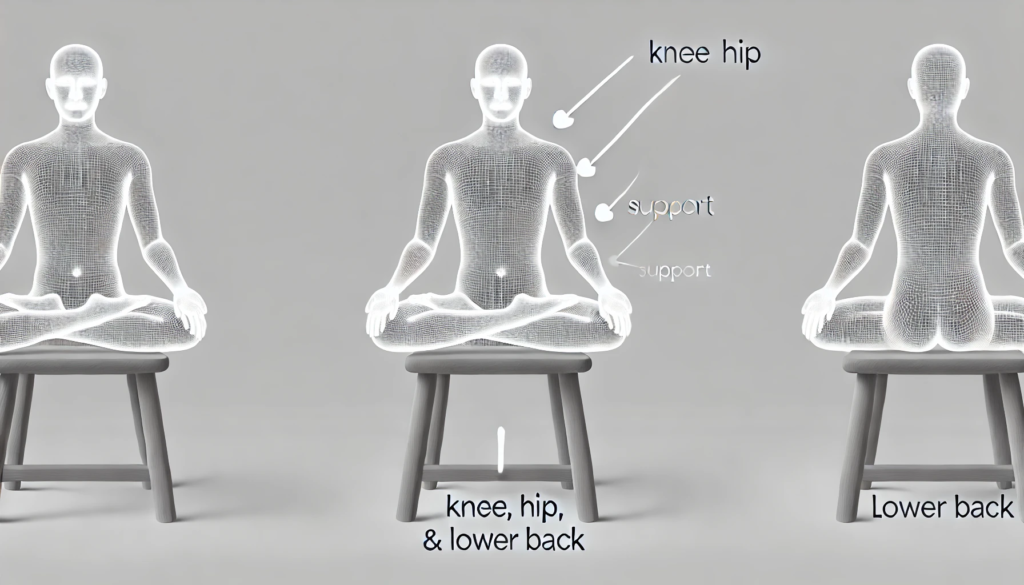
Increased Focus and Relaxation
When your body is comfortable and well-supported, it becomes easier to achieve a state of deep relaxation and focus. A meditation stool helps eliminate physical discomfort, allowing your mind to settle more quickly into a meditative state. This can lead to more profound and effective meditation sessions.
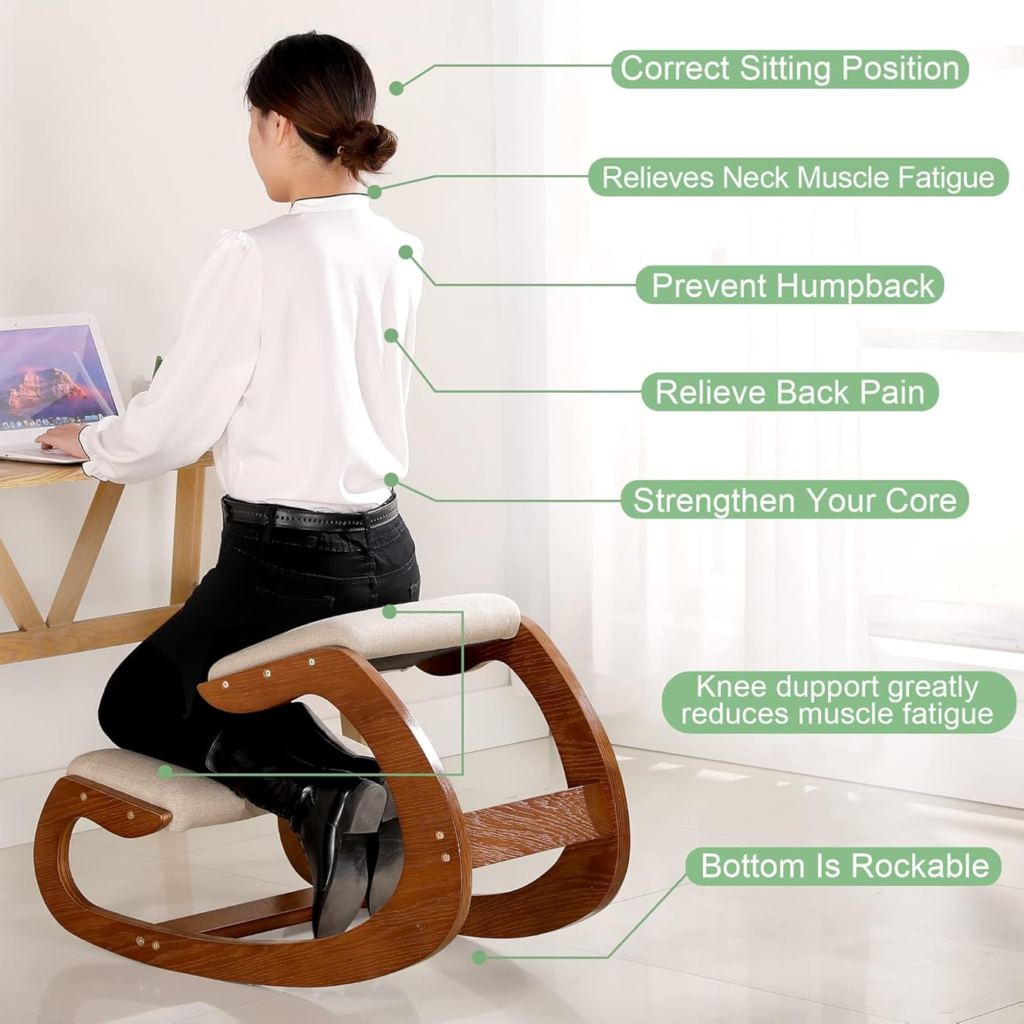
Personal Anecdotes or Testimonials from Experienced Meditators
Many experienced meditators have found significant improvements in their practice after switching to a meditation stool. Here are a few testimonials:
- Testimonial 1: “Switching to a meditation stool was a game-changer for me. My back pain disappeared, and I could meditate for longer periods without discomfort.” – Sarah L.
- Testimonial 2: “I always struggled with knee pain during meditation. Using a stool has made my practice much more enjoyable and sustainable.” – John D.
- Testimonial 3: “The meditation stool helped me maintain better posture, which in turn improved my focus and the overall quality of my meditation.” – Emma R.
- Best Place for Image: Pair each testimonial with a photo of the individual, if available, or a generic image of a happy, relaxed meditator using a stool.
By understanding the various benefits of using a meditation stool, you can see how it enhances not just physical comfort but also the overall quality of your meditation practice. Whether you’re new to meditation or an experienced practitioner, a meditation stool can be a valuable addition to your practice, helping you achieve greater focus, relaxation, and physical well-being.
How to Choose the Right Meditation Stool
Selecting the right meditation stool is essential for enhancing your meditation practice. Here are some key factors to consider when making your choice:
Consider Your Meditation Style and Preferred Sitting Position
Different meditation styles and sitting positions may require different types of stools. For example, if you prefer a kneeling position, a seiza bench might be ideal. If you meditate cross-legged, a stool with a broader surface might be better.

Material and Build Quality: Wood, Bamboo, Cushions, etc.
The material and build quality of a meditation stool are crucial for both comfort and durability. Common materials include:
- Wood: Offers sturdiness and a classic look. Ideal for long-term use.
- Bamboo: Lightweight and eco-friendly, providing a natural aesthetic.
- Cushions: Often added for extra comfort, available in various materials like foam or cotton.
Choose a material that feels comfortable and aligns with your aesthetic preferences.
Portability and Storage Options
If you travel frequently or have limited space, consider the portability and storage options of the meditation stool. Some stools are foldable or come with carrying cases, making them easy to transport and store.
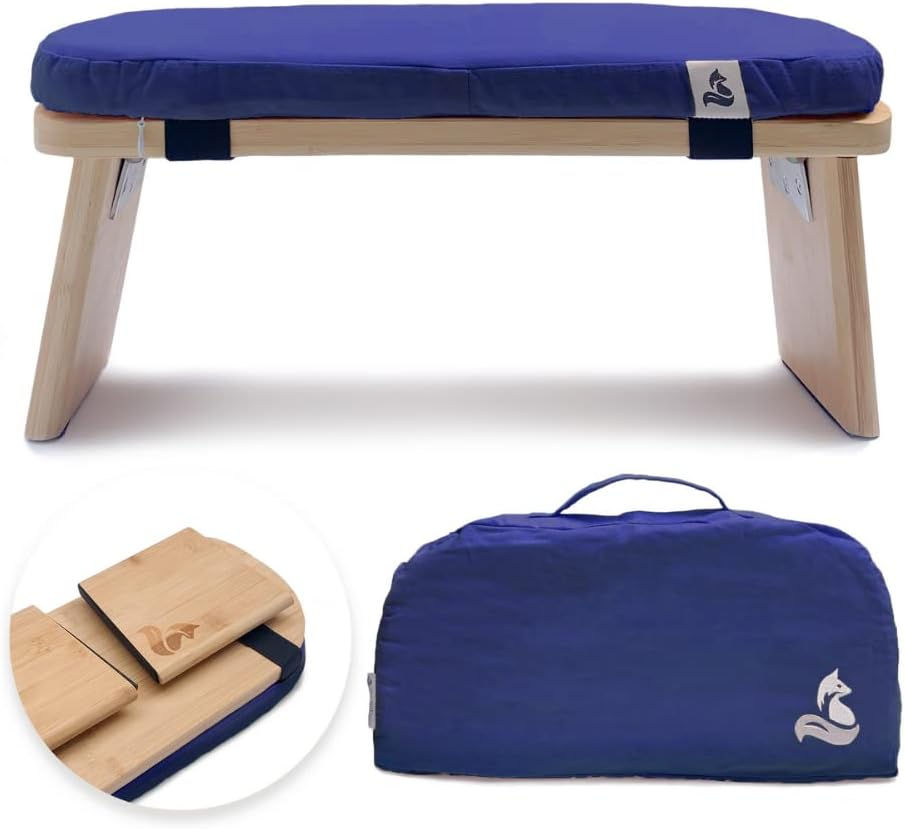
Adjustability and Customization Features
Some meditation stools offer adjustable features to cater to different heights and sitting preferences. Look for stools with adjustable legs or seats, allowing you to customize the height and angle for optimal comfort.
Budget Considerations and Value for Money
Meditation stools come in a wide range of prices. While it’s important to find a stool that fits your budget, also consider the value for money. A higher-quality stool might be more expensive but could provide better comfort and durability, making it a worthwhile investment in the long run.
By considering your meditation style, material preferences, portability needs, adjustability, and budget, you can find the right meditation stool that will enhance your practice. The right stool can make a significant difference in comfort and focus, leading to a more fulfilling meditation experience.
Top Meditation Stools in the Market
Choosing the right meditation stool can be a daunting task with so many options available. Here are detailed reviews of some of the most popular meditation stools, including their pros and cons, price range, and where to buy them.
Alexia Meditation Seat
The Alexia Meditation Seat is known for its ergonomic design, which supports proper posture and alignment. It features a comfortable cushion and is available in various colours and materials.
- Pros:
- Ergonomic design that supports natural posture.
- High-quality materials and craftsmanship.
- Available in multiple colours and finishes.
- Cons:
- Higher price point.
- Not as portable due to its size and weight.
- Price Range: £300 – £470
- Where to Buy: Available on Amazon, Alexia’s official website, and specialty meditation stores.
- Customer Reviews: Rated 4.8 out of 5 stars based on 200 reviews, praised for its comfort and support.
- Best Place for Image: Include a high-quality image of the Alexia Meditation Seat in various settings, highlighting its ergonomic design.
Seiza Meditation Bench by Still Sitting
This traditional seiza bench is crafted from solid wood and features a simple, elegant design. It’s perfect for those who prefer kneeling meditation postures.
- Pros:
- Solid wood construction for durability.
- Classic, simple design.
- Easy to transport.
- Cons:
- Limited to kneeling positions.
- May require a cushion for added comfort.
- Price Range: £140 – £170
- Where to Buy: Available on Still Sitting’s website, Amazon, and meditation supply stores.
- Customer Reviews: Rated 4.5 out of 5 stars, appreciated for its sturdy build and traditional look.
- Best Place for Image: Display an image of the Seiza Meditation Bench in use, showing its traditional kneeling position.
Peace Yoga Meditation Bench
The Peace Yoga Meditation Bench is a foldable stool made from bamboo, offering both portability and eco-friendliness. It’s designed for a variety of sitting positions.
- Pros:
- Foldable and portable.
- Eco-friendly bamboo material.
- Versatile for different sitting positions.
- Cons:
- May not be as durable as solid wood.
- Limited colour options.
- Price Range: $40 – $60
- Where to Buy: Available on Amazon, Peace Yoga’s official website, and other online retailers.
- Customer Reviews: Rated 4.4 out of 5 stars, noted for its portability and eco-friendly design.
- Best Place for Image: Show an image of the Peace Yoga Meditation Bench folded and unfolded, highlighting its portability and eco-friendly material.
Florensi Meditation Cushion
While not a traditional stool, the Florensi Meditation Cushion is worth mentioning for those who prefer a softer seating option. It’s made from high-density foam and covered with a soft, durable fabric.
- Pros:
- High-density foam for comfort.
- Soft, durable fabric cover.
- Available in various colours and sizes.
- Cons:
- Not as supportive for posture as a stool.
- Less portable than foldable stools.
- Price Range: £35-£45
- Where to Buy: Available on Amazon, Florensi’s website, and various online stores.
- Customer Reviews: Rated 4.7 out of 5 stars, loved for its comfort and variety of colour options.
- Best Place for Image: Include an image of the Florensi Meditation Cushion in different colours and settings, showing its versatility.
My Zen Home Dhyana Meditation Cushion
This cushion-stool hybrid offers the benefits of both a cushion and a stool. It provides ample support while maintaining a soft seating surface.
- Pros:
- Combination of support and comfort.
- Lightweight and portable.
- Available in multiple colours and designs.
- Cons:
- May not provide as much height as a traditional stool.
- Requires regular fluffing to maintain shape.
- Price Range: $60 – $90
- Where to Buy: Available on Amazon, My Zen Home’s website, and other online retailers.
- Customer Reviews: Rated 4.6 out of 5 stars, valued for its unique design and comfort.
- Best Place for Image: Display an image of the My Zen Home Dhyana Meditation Cushion in use, emphasizing its hybrid design.
By considering these detailed reviews, pros and cons, price ranges, and customer feedback, you can make an informed decision on which meditation stool best suits your needs. Incorporating a high-quality image for each stool will provide readers with a visual reference, aiding in their decision-making process.
How to Use a Meditation Stool Correctly
Using a meditation stool correctly is essential to maximize its benefits. Here’s a step-by-step guide to help you sit properly, maintain good posture, and avoid common mistakes.
Step-by-Step Guide on How to Sit on a Meditation Stool
- Position the Stool:
- Place the stool on a flat, stable surface.
- Ensure the stool is positioned at a comfortable distance from where you will be kneeling.
- Kneel Behind the Stool:
- Kneel on the floor behind the stool, with your knees slightly apart.
- Keep your toes pointed backward, and rest the tops of your feet on the floor.
- Sit on the Stool:
- Slowly lower yourself onto the stool, ensuring your buttocks rest comfortably on the seat.
- Your shins should be parallel to the sides of the stool, and your legs should be tucked neatly under the stool.
- Adjust Your Position:
- Adjust your position so that your weight is evenly distributed between your hips and knees.
- Ensure your spine is straight, and your shoulders are relaxed.
Tips for Maintaining Proper Posture
- Align Your Spine: Keep your back straight and your spine aligned. Imagine a string pulling the top of your head upward, lengthening your spine.
- Relax Your Shoulders: Let your shoulders drop and relax, avoiding any tension.
- Position Your Hands: Rest your hands comfortably on your thighs or in your lap. You can use a mudra (hand position) if you prefer.
- Keep Your Head Level: Your head should be level, with your chin slightly tucked in. Avoid tilting your head forward or backward.
- Engage Your Core: Lightly engage your core muscles to support your posture and maintain stability.
Common Mistakes to Avoid
- Slouching: Avoid slouching or hunching your shoulders, as this can lead to back pain and discomfort.
- Tilting Forward or Backward: Ensure your weight is evenly distributed and not tilting forward or backward.
- Tension in the Body: Avoid holding tension in your shoulders, neck, or face. Aim for a relaxed yet alert posture.
- Incorrect Knee Position: Make sure your knees are not spread too wide or too close together. They should be comfortably apart to support your position.
By following these steps and tips, you can ensure that you are using your meditation stool correctly, leading to a more comfortable and effective meditation practice.
Meditation Stool Alternatives
While meditation stools offer numerous benefits, there are other seating options available that might better suit your needs. Here’s a comparison of meditation stools with other alternatives, including cushions, chairs, and mats, along with their pros and cons and situations where a meditation stool might be more suitable.
Comparison with Other Meditation Seating Options
Meditation Cushions (Zafus and Zabutons)
- Pros:
- Provide support for various sitting positions, including cross-legged.
- Often filled with buckwheat hulls or foam for comfort and stability.
- Available in various shapes and sizes to suit different needs.
- Cons:
- May not provide as much elevation or support for those with knee or back issues.
- Can be bulky and less portable compared to stools.
Meditation Chairs
- Pros:
- Offer back support, making them suitable for longer meditation sessions.
- Often padded for extra comfort.
- Some models are foldable and portable.
- Cons:
- Can be more expensive than stools and cushions.
- May take up more space and be less portable.

Meditation Mats
- Pros:
- Provide a flat, cushioned surface for various sitting and lying meditation positions.
- Easy to roll up and store.
- Lightweight and portable.
- Cons:
- Offer minimal elevation and support.
- May not be suitable for those needing additional back or knee support.
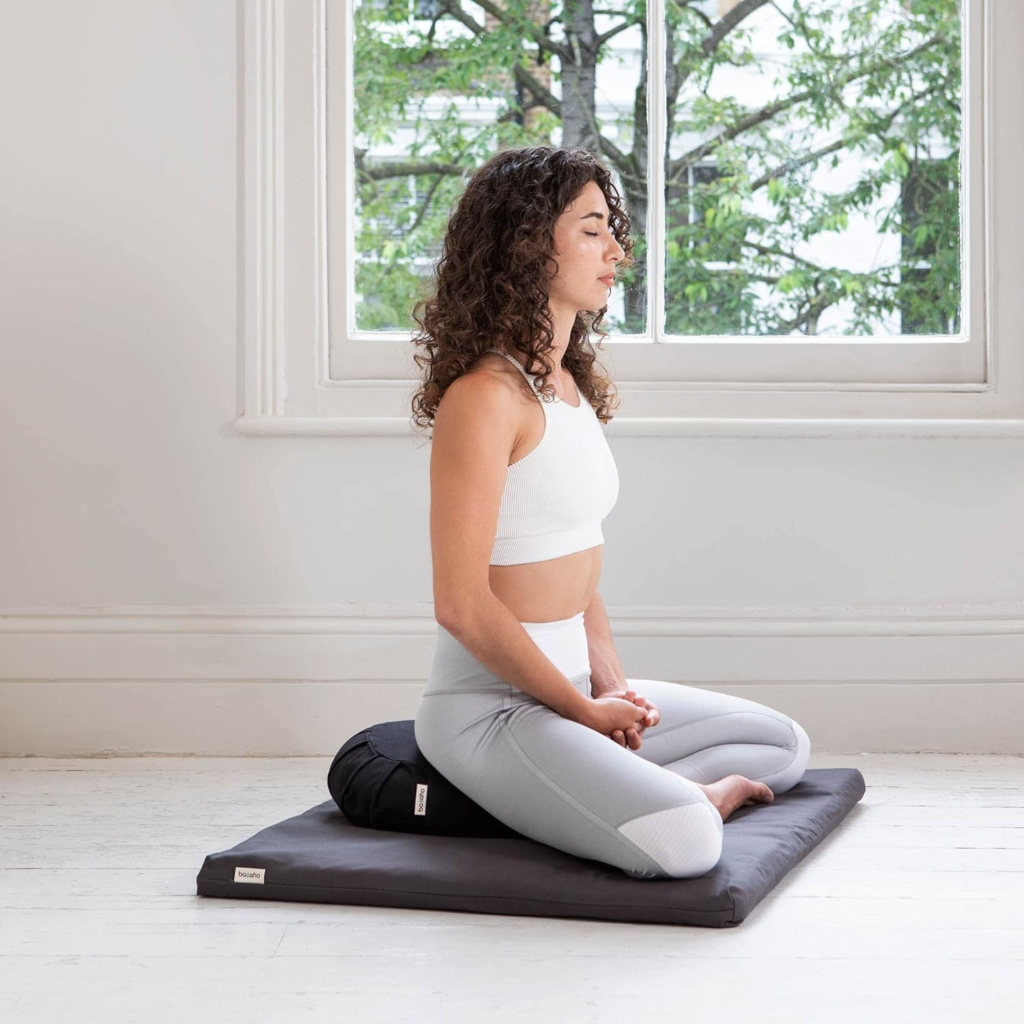
Pros and Cons of Each Alternative
Meditation Cushions:
- Pros: Versatile, comfortable, supportive for cross-legged positions.
- Cons: Less elevation, may not suit those with joint issues.
Meditation Chairs:
- Pros: Back support, padded for comfort, suitable for long sessions.
- Cons: More expensive, less portable, takes up more space.
Meditation Mats:
- Pros: Lightweight, easy to store, versatile for various positions.
- Cons: Minimal support and elevation, not ideal for those needing extra support.
Situations Where a Meditation Stool Might Be More Suitable
- Need for Elevation and Support: If you require elevation and support for your knees and back, a meditation stool provides the necessary height and support, reducing strain on your joints.
- Portability: Many meditation stools are designed to be foldable and portable, making them ideal for those who travel or have limited space.
- Versatility in Sitting Positions: For those who prefer kneeling or other specific sitting positions, a meditation stool can offer the right support and comfort.
- Durability: Meditation stools made from high-quality materials like wood or bamboo are durable and long-lasting, making them a good investment for serious practitioners.
By understanding the various alternatives to meditation stools and their respective pros and cons, you can choose the seating option that best suits your individual needs and preferences. Whether you opt for a cushion, chair, mat, or stool, the key is to find a solution that enhances your comfort and supports your meditation practice effectively.
Conclusion
Choosing the right meditation stool is crucial for enhancing your meditation practice. A well-selected stool can significantly improve your posture, comfort, and focus, allowing you to experience deeper and more effective meditation sessions. By understanding the different types of meditation stools, their benefits, and how to use them correctly, you can make an informed decision that best suits your individual needs and preferences.
We hope this guide has provided valuable insights into the world of meditation stools. We encourage you to share your experiences and any tips you have found helpful in your practice. Your feedback and questions are welcome and can help others in the meditation community.
For more meditation tips, updates, and insights, be sure to subscribe to our blog. Stay connected with us as we explore more ways to support your meditation journey and overall well-being.
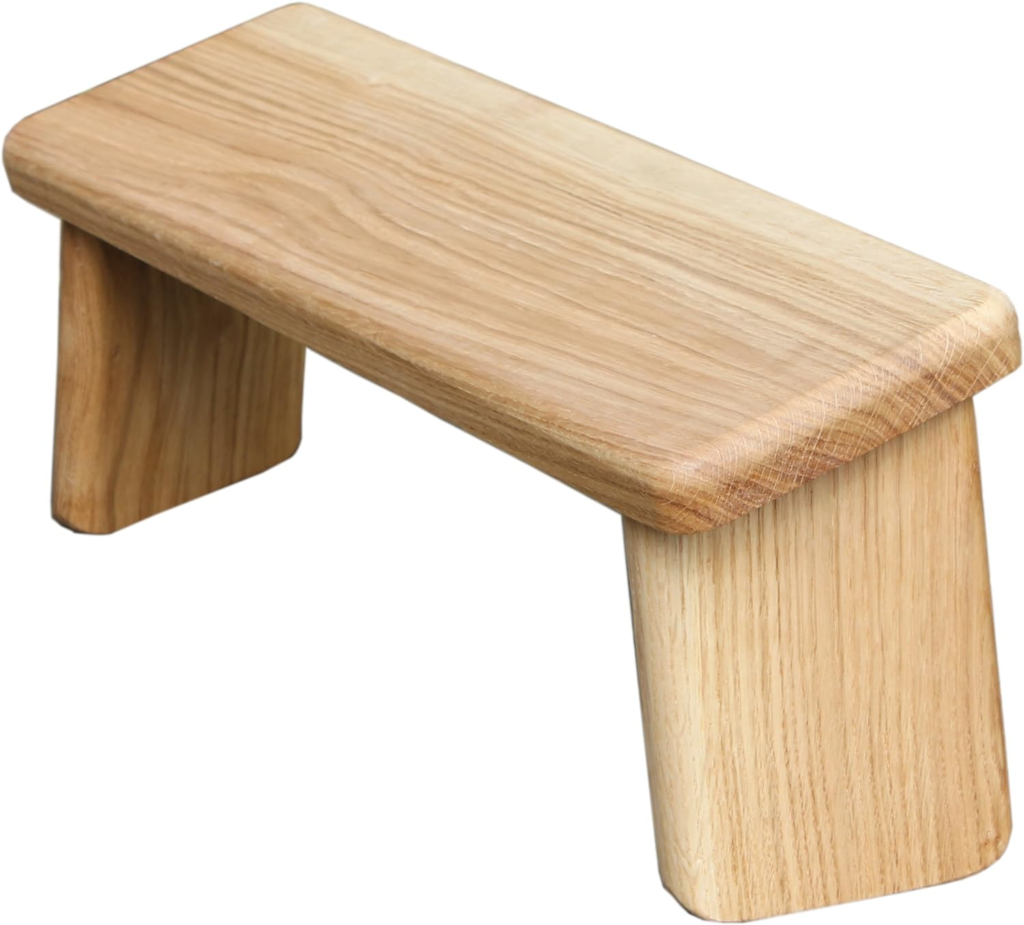

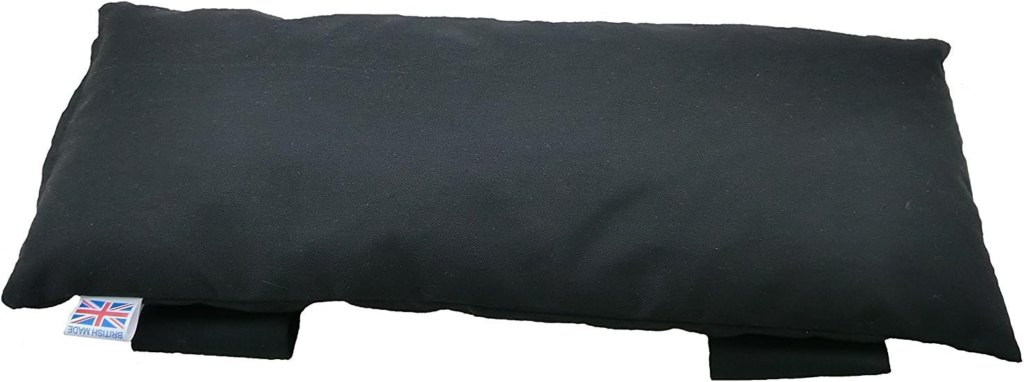

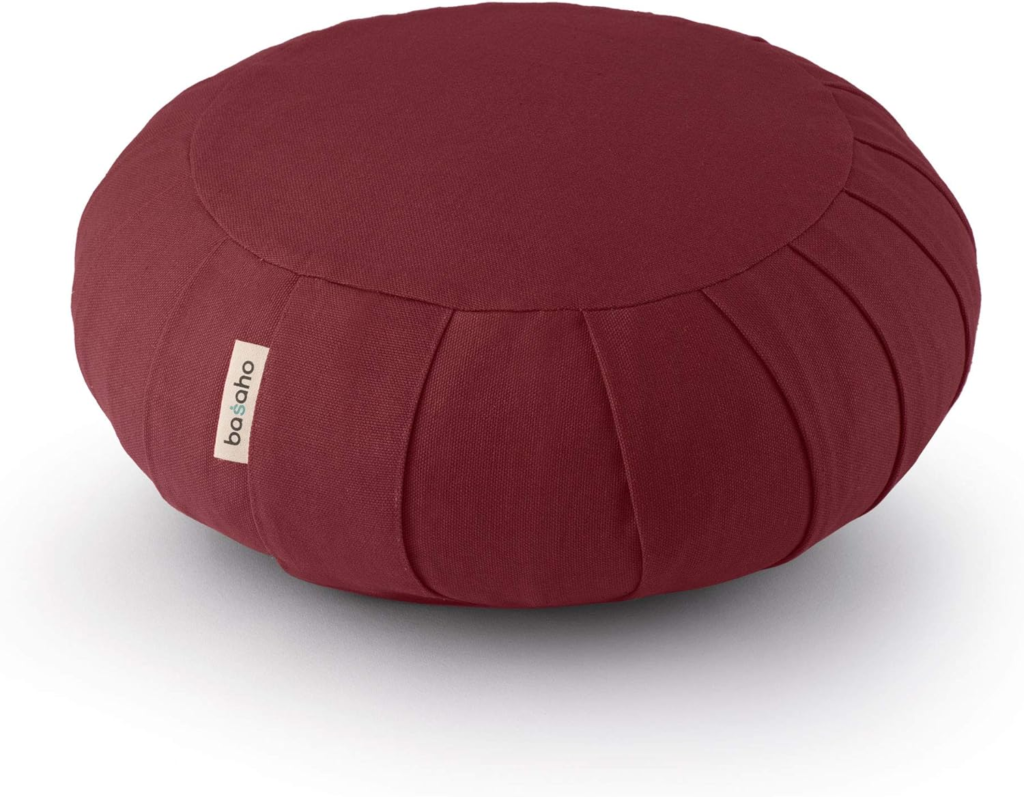
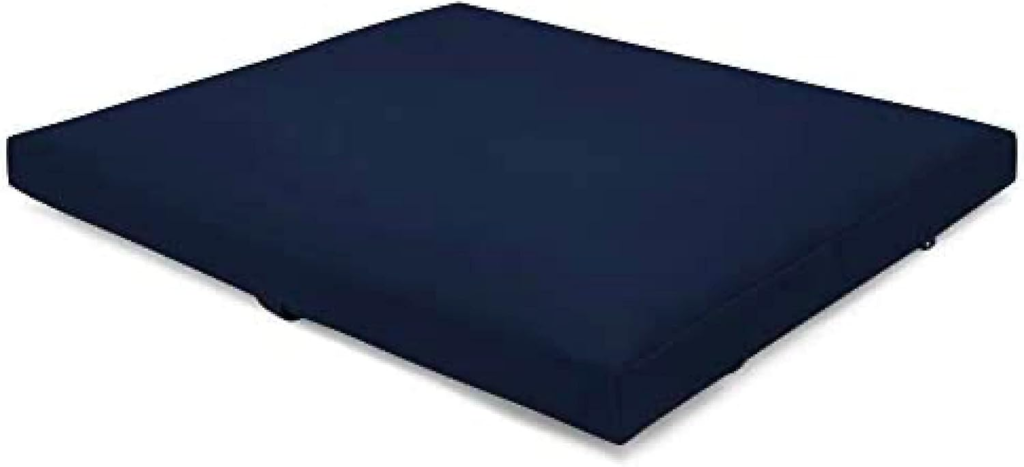
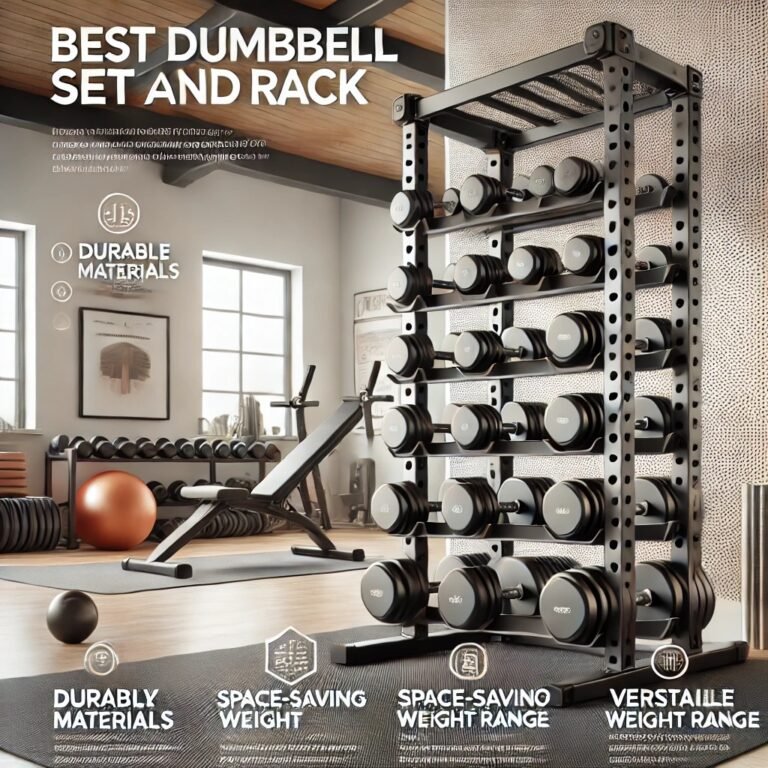


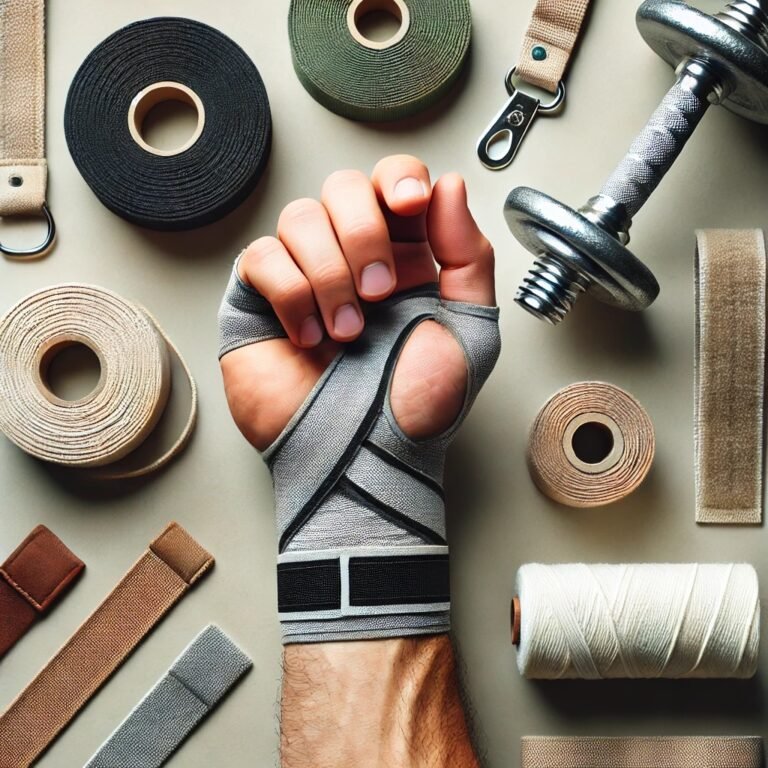

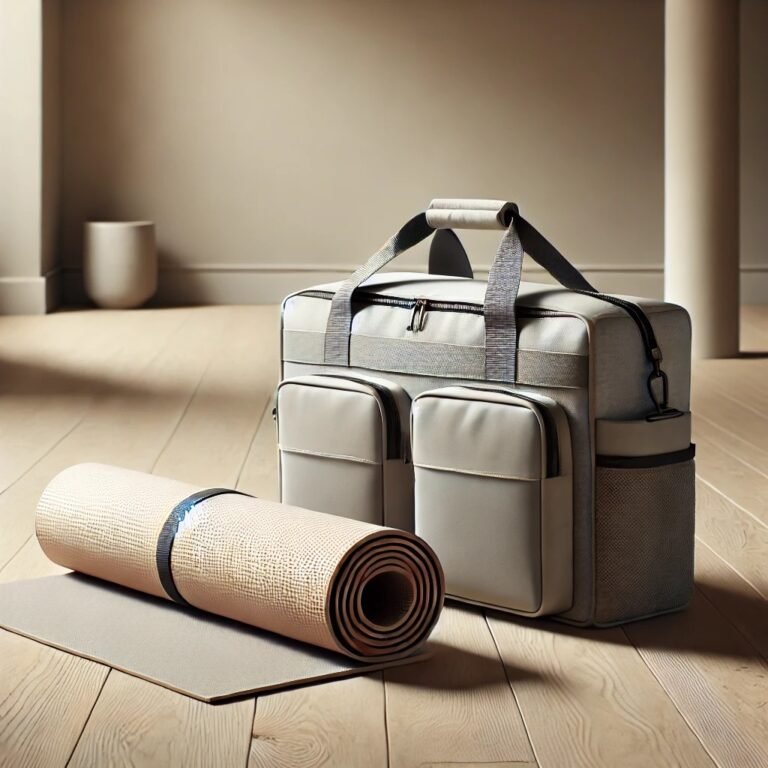
3 Comments
Comments are closed.